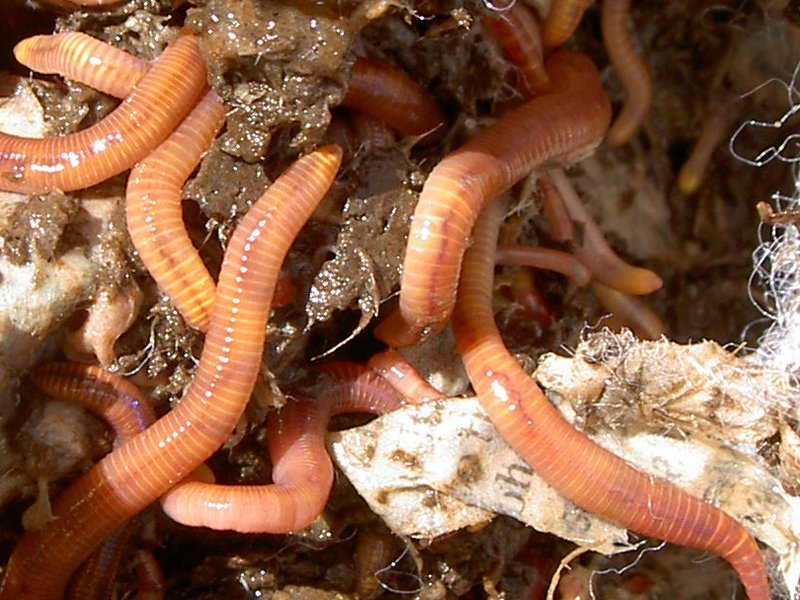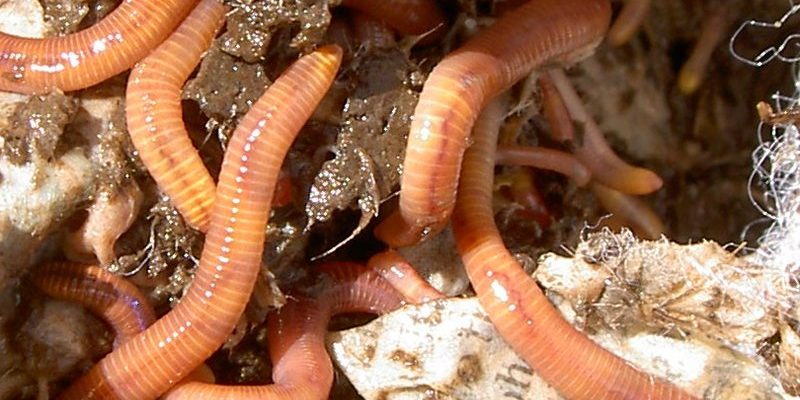
These tiny worms are more than just squiggly critters living in the mud. They’re sensitive to changes in their environment, making them perfect indicators of pollution or ecological shifts. In this article, we’ll explore how mudworms are used for environmental monitoring and why they matter in keeping our ecosystems balanced. Let’s dive in!
What Are Mudworms?
Mudworms, often referred to as *Lumbricus terrestris*, are small, segmented worms that live in freshwater and marine environments. They play a crucial role in the ecosystem by breaking down organic matter and aerating the soil. You might find them wiggle happily in muddy banks or submerged sediments.
These worms have a unique structure that helps them adapt to their surroundings. Their bodies are covered in a slimy layer that protects them from harsh conditions while they burrow into the mud. This ability to thrive in various environments makes them ideal candidates for environmental monitoring. They’re like the Swiss Army knives of the soil, performing multiple functions that help maintain balance.
But what really sets mudworms apart is their sensitivity to changes in their habitat. This means that any alterations in water quality, temperature, or chemical composition can impact their health and, in turn, signal broader environmental issues. That’s where their role in bioindication comes into play.
Why Use Mudworms for Environmental Monitoring?
You might be wondering, why focus on mudworms when there are so many other creatures out there? The answer lies in their sensitivity. Mudworms react to pollutants and changes in their environment much faster than larger animals. This makes them early warning systems for environmental issues.
For example, if pollutants enter a waterbody, the mudworms might begin to die off. This decline can indicate a serious problem much earlier than it might be detected through traditional monitoring methods. By studying these worms, researchers can gather vital data on the health of aquatic ecosystems.
Moreover, using mudworms for monitoring is cost-effective. Setting up tests for larger animals usually means extensive field studies and higher expenses. Mudworms, on the other hand, are easier to collect and analyze. Because of their abundance, they offer a great sample size for researchers without breaking the bank.
How Mudworms Indicate Environmental Health
Mudworms can indicate environmental health through their presence, behavior, and even physiology. Let me explain how this works. First off, if you’re finding lots of healthy mudworms in an area, chances are the environment is decent. They thrive in conditions with balanced pH levels, adequate oxygen, and low pollution.
On the flip side, if these worms start showing signs of stress, like abnormal growth or behavior, it could mean trouble. Changes in their reproductive rates or physical health can suggest that pollutants or environmental factors are impacting their habitat. Just think of them as a canary in a coal mine—when they’re not doing well, it’s time to take a closer look at the environment.
Additionally, some researchers analyze the gut contents of mudworms. This can reveal what’s been in the water they inhabit, whether it’s pollutants, heavy metals, or other contaminants. Studying these contents helps scientists understand what challenges the ecosystem is facing and how severe those challenges are.
The Process of Using Mudworms for Monitoring
So, how exactly do researchers use mudworms for environmental monitoring? The process typically involves several steps:
- Collection: Scientists start by collecting mudworms from different habitats. They choose various locations to compare healthy and unhealthy ecosystems.
- Analysis: After collection, the worms are cleaned and analyzed for biological indicators, like size, growth rates, and reproductive success.
- Data Collection: Information about the water quality—like pH levels, temperature, and the presence of contaminants—is gathered simultaneously.
- Interpretation: Finally, researchers compare the health of the mudworms with the data on water quality. This helps them understand the relationship between the two.
By following these steps, scientists can create a detailed picture of the environmental conditions in which these mudworms thrive. It’s pretty remarkable how much information can come from something so small!
Limitations of Using Mudworms
Of course, no method is perfect, and using mudworms for environmental monitoring has its limitations. One major factor to consider is their habitat. Mudworms are sensitive to changes in water temperature and pH. If an environmental change happens rapidly, they might not survive long enough to provide useful data.
Additionally, while mudworms can indicate pollution levels, they don’t provide information about the source of the pollution. So, while they might show that there’s a problem, further testing would be necessary to pinpoint what’s causing it.
Another point to consider is that mudworms thrive in certain environments but may not be present everywhere. In areas where mudworms don’t live, researchers would have to rely on other methods to assess environmental health. This can limit the universality of the findings to specific habitats.
Future of Mudworm Research in Environmental Monitoring
As we move forward, the research into using mudworms for environmental monitoring is likely to expand. With advances in technology, scientists can analyze environmental data more accurately and quickly. For instance, *genomic tools* could enhance our understanding of how mudworms respond to different pollutants.
Moreover, integrating data collected from mudworms with broader ecological studies can provide a more comprehensive view of environmental health. This way, monitoring mudworms can complement other methods and give us a better grasp of the challenges our ecosystems face.
Moreover, education and public involvement are essential. As more people learn about the role of mudworms in environmental monitoring, there’s potential for community-based projects. These initiatives can raise awareness and encourage local conservation efforts, making it a win-win for both the environment and the communities involved.
Using mudworms for environmental monitoring or bioindication is like having a natural barometer for ecosystem health. These tiny creatures can tell us a lot about the state of our water sources and the impact of human activity. Their sensitivity to changes in their environment makes them invaluable to scientists aiming to keep our ecosystems balanced and thriving.
While there are limitations to their use, the benefits they offer—like cost-effectiveness and early warning signals—make them an appealing choice for researchers. With ongoing studies and technological advances, the future looks bright for mudworms in environmental science.
So next time you see a squiggly little worm in the mud, remember—it might just be one of nature’s most important indicators of health, ready to share secrets about the environment it calls home.

